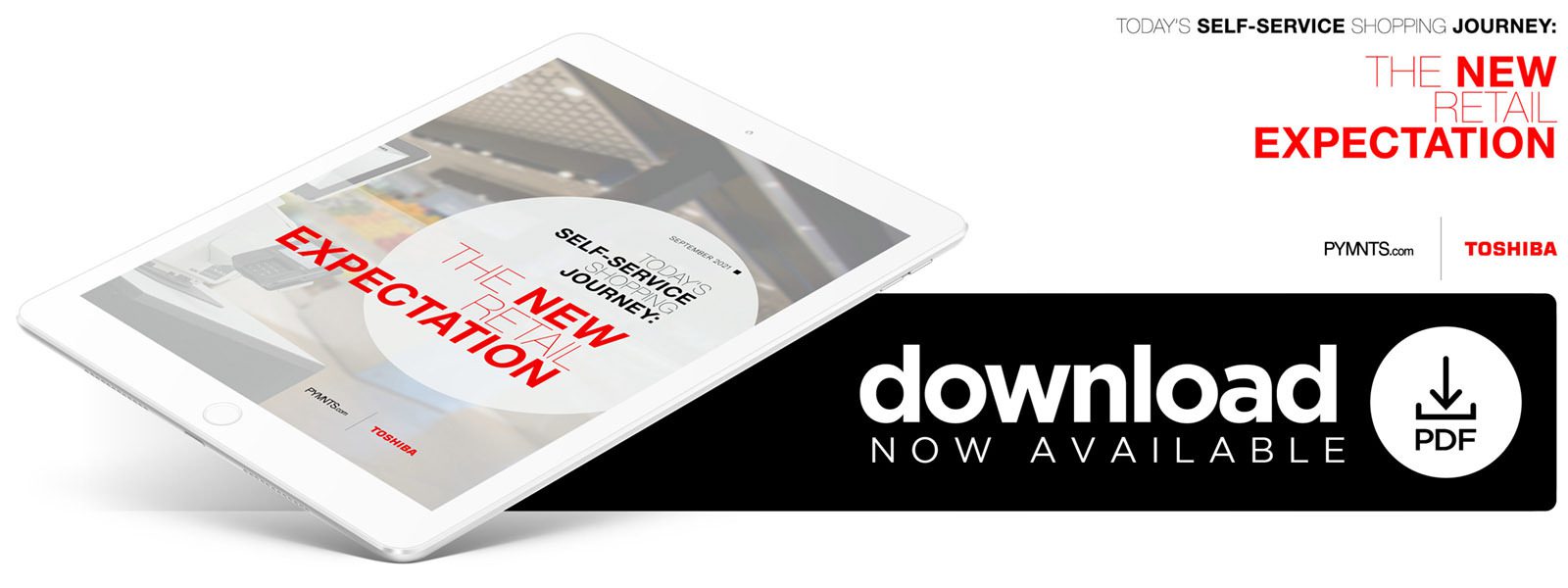Consumers Want Self-Service Checkout Options But Rarely Get to Use Them
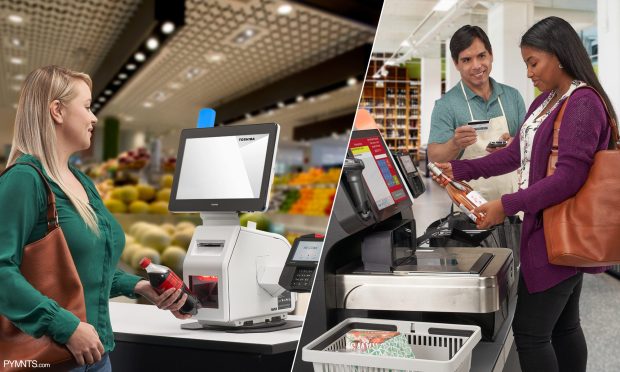
As consumers continue to return to the aisles en masse, retailers are seeking new ways to keep them coming back, even when online and mobile options beckon.
One method of keeping consumers happy to be in a physical store is making in-store shopping more like the seamless, click-to-buy experiences consumers grew to love in 2020. Doing so, however, means implementing new ways of removing the pain points in shopping, such as long checkout lines.
New PYMNTS research reveals that many consumers are choosing modern, user-friendly self-service experiences when they shop. From self-service kiosks at 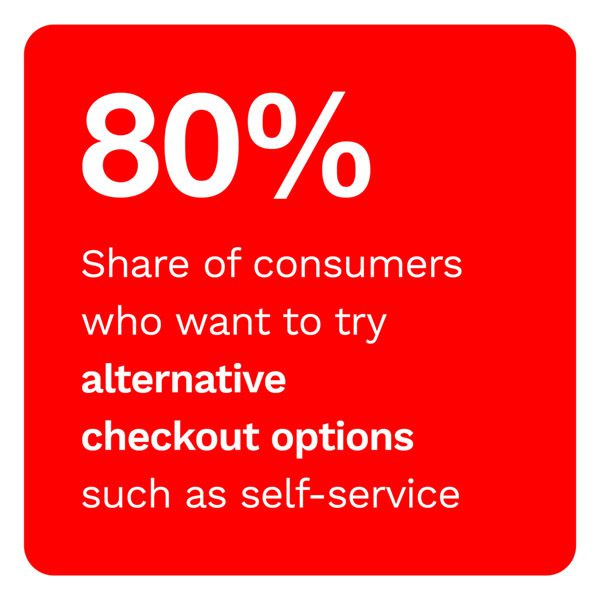 retailers to smart shopping carts at grocery stores, self-service options allow consumers to take control of their shopping experiences and tailor their checkout choices to their needs. Consumers are not the only ones who can benefit from self-service. Self-service checkouts make it easier for merchants to use staff in areas that require human intervention — like customer service.
retailers to smart shopping carts at grocery stores, self-service options allow consumers to take control of their shopping experiences and tailor their checkout choices to their needs. Consumers are not the only ones who can benefit from self-service. Self-service checkouts make it easier for merchants to use staff in areas that require human intervention — like customer service.
In Today’s Self-Service Shopping Journey: The New Retail Expectation, a PYMNTS and Toshiba collaboration, we surveyed 2,665 U.S. consumers to examine the impact of access to self-service options on consumers’ retail experience demands. The report reveals the gap between consumer interest in modern checkout options like self-service and retailers’ missed opportunities to leverage their demand to stoke their engagement.
PYMNTS research found that only one-third of consumers prefer traditional checkout lines over innovative alternatives, and over 80% of consumers want to try nontraditional checkout alternatives, such as self-service. Yet self-service use lags behind consumer interest, and the reasons for the gap are 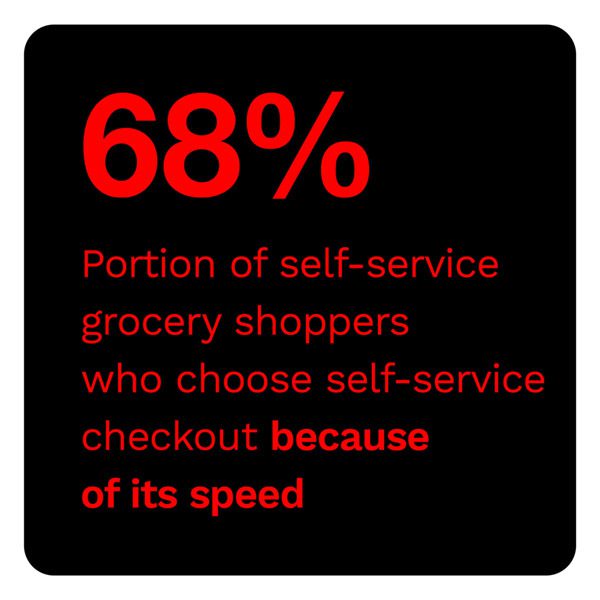 complex. One reason, according to the report, is that many consumers are unaware of the benefits of a self-service option. PYMNTS’ research found that inaccurate perceptions of self-service checkout tools’ value, a reluctance to change old shopping habits and a lack of access to self-service choices may be hindering greater adoption of nontraditional checkout offerings.
complex. One reason, according to the report, is that many consumers are unaware of the benefits of a self-service option. PYMNTS’ research found that inaccurate perceptions of self-service checkout tools’ value, a reluctance to change old shopping habits and a lack of access to self-service choices may be hindering greater adoption of nontraditional checkout offerings.
Another reason, per PYMNTS research, is that consumers do not have access to self-service in many instances, even when they are highly interested in trying it. Among those who use self-service options, speed is at the top of the list. Consumers who choose to use self-checkout also cite customer experience and efficiency as reasons why they prefer a self-managed checkout over traditional checkout options. Grocery customers list the speed of self-service checkouts as the reason why they chose the option (68%) more often than retail (65%) and pharmacy (62%) shoppers.
The study reveals an untapped audience eager to try checkout op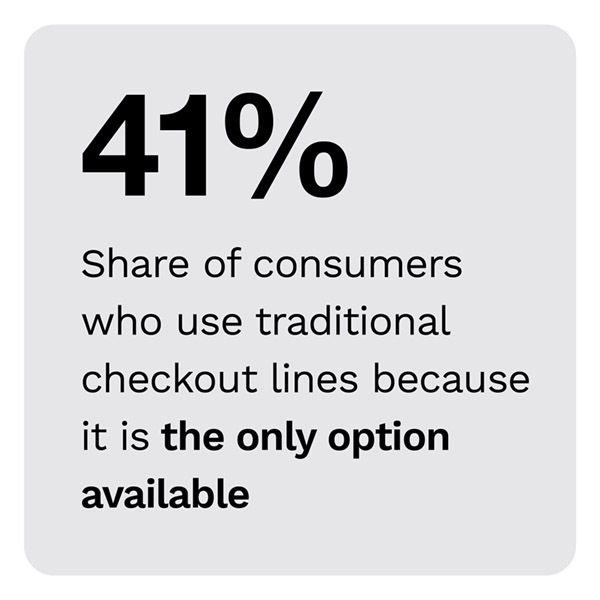 tions that allow them more control over how they spend their time in stores. As consumers are offered increasingly sophisticated options for skipping the checkout line by going online or using a mobile eCommerce site, merchants will have to innovate quickly to match shoppers’ interests, or risk losing them to online.
tions that allow them more control over how they spend their time in stores. As consumers are offered increasingly sophisticated options for skipping the checkout line by going online or using a mobile eCommerce site, merchants will have to innovate quickly to match shoppers’ interests, or risk losing them to online.
To learn more about consumers’ interest in technology-enabled in-store shopping experiences, download the report.
